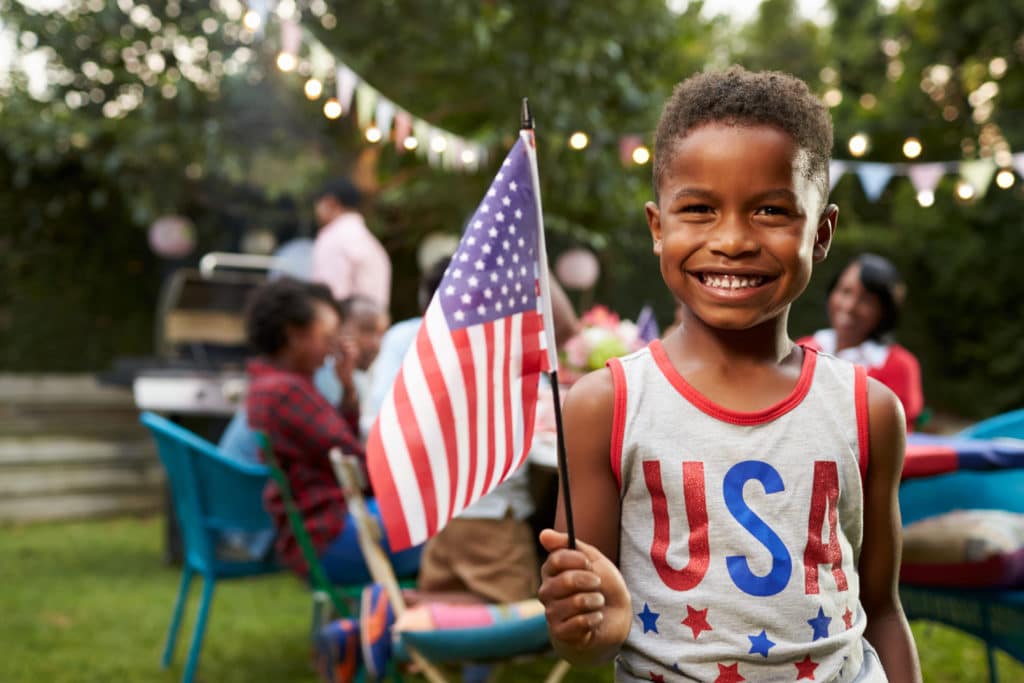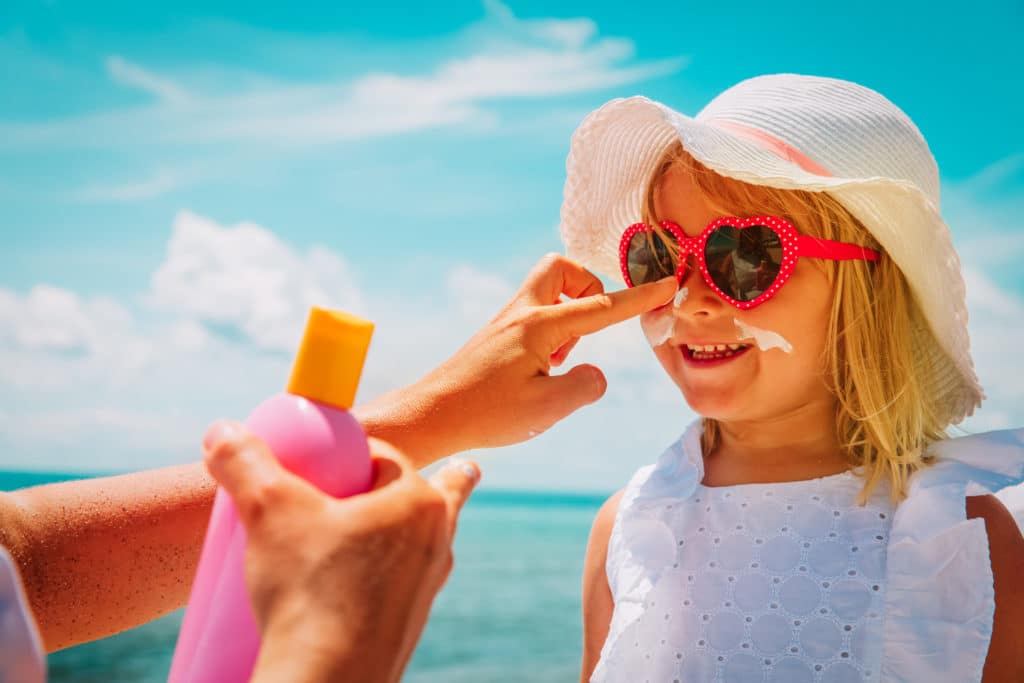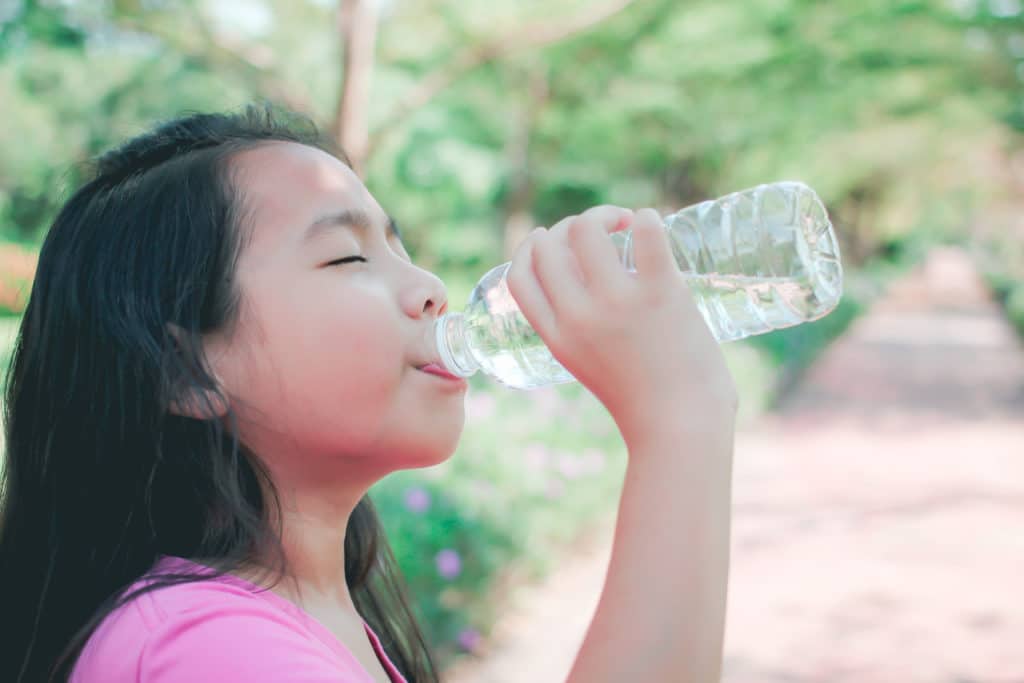
This blog was originally posted on July 1, 2021, and updated on July 3, 2023, with new information.
Families across the country are readying to celebrate the Fourth of July with pool time and other fun in the sun.
That means parents must be ready to stave off sunburns and heat exhaustion, and be vigilant when kids are in water or around fireworks.
Keeping Safe
Pack sunscreen, hats and water bottles if you’re preparing for a long day in the sun. And if you’re gathering at a park, the Centers for Disease Control and Prevention recommends playing it safe on the playground. Read playground signs and use playground equipment that is right for a child’s age. Look out for things in the play area that can trip a child, like tree stumps or rocks.
Water Safety
The agency also gives these tips for keeping kids safe in the water:
- Parents and caregivers play a key role in protecting children from drowning. When kids are in or near water, closely supervise them at all times.
- Help prevent recreational water illnesses, which is any illness caused by germs and chemicals found in the water we swim in. Keep the pee, poop, sweat and dirt out of the water. Take kids on bathroom breaks, check diapers every hour and change them in a bathroom or diaper-changing area – not poolside – to keep germs away from the pool.
- Stay safe while boating by wearing a life jacket. Properly fitted life jackets can prevent drownings and should be worn at all times by everyone on any boat.
Skin Safety

The CDC says that just a few serious sunburns can increase your child’s risk of skin cancer later in life. Adults and children need protection from ultraviolet (UV) rays whenever they’re outdoors.
Learn how to protect your child from sun damage:
- Seek shade when necessary. UV rays are strongest and most harmful during midday, so it’s best to plan indoor activities then. If this is not possible, seek shade under a tree, an umbrella or a pop-up tent.
- When possible, cover up with long-sleeved shirts and long pants and skirts to provide protection from UV rays.
- Wear a hat that shades the face, scalp, ears and neck. If your child chooses a baseball cap, be sure to protect exposed areas with sunscreen.
- Wear sunglasses. They protect your child’s eyes from UV rays, which can lead to cataracts later in life.
- Use a sunscreen with at least SPF (sun protection factor) 15 every time your child goes outside. For the best protection, apply sunscreen generously 30 minutes before going outdoors. Don’t forget to protect ears, noses, lips and the tops of feet.
Fireworks Safety
The National Safety Council says to leave the fireworks to the experts. Never allow young children to handle fireworks and older children should use them only under close adult supervision.
Remember that sparklers pose risks too. They burn at about 2,000 degrees – hot enough to melt some metals. Sparklers can quickly ignite clothing, the council said, and children have received severe burns from dropping sparklers on their feet. Safer alternatives include glow sticks, confetti poppers or colored streamers.
Watch for Signs of Serious Health Problems

Recognize the signs of dehydration, heat exhaustion and different allergic reactions. Dehydration tends to show in kids through irritability and/or drowsiness, dry mouth and sunken eyes. Heat exhaustion manifests with similar symptoms, as well as muscle cramps, extreme thirst and a fever. However, it can progress to heat stroke if untreated, with increasingly worse symptoms such as a fever higher than 105 degrees, a severe headache, confusion and even seizures or fainting.
Allergic reactions are characterized by rashes, cold-like symptoms such as a runny nose or eyes and sneezing as well as asthma.
Finally, know how to respond. In the case of heat exhaustion, take the child indoors and give the child plenty of water; if it’s already turned into heat stroke, seek emergency medical attention immediately. For allergies, have oral antihistamines on hand and know how to treat a bee sting or wasp bite.
Keep a first aid kit nearby to quickly respond to anything from scraped knees to heat-induced fevers — keep it stocked with Band-Aids, antibacterial soap, a thermometer, hydrocortisone cream and anything else you might need to properly respond to all situations.
Stay safe — and keep having fun all summer long! Finding a preschool lesson plan for summer-themed learning can be tricky. A preschool curriculum that incorporates educational elements into summer-themed activities for classes can help. Check out this Procare Early Learning lesson plan focusing on language and literacy for preschoolers that’s perfect for summer!


